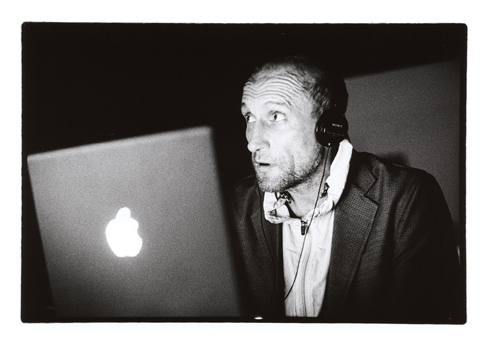|
What Is Thinking?
|
||
|
||
|
1924. The German university town of Marburg. Hannah Arendt is 18, Martin Heidegger is 35. She is a Jewish student of philosophy, he a famous professor/philosopher just about to finish his famous work “Zein und Zeit”. Right after their first encounter they start an affair that later Arendt will call the greatest love affair of her life. Three years later the love affair ends. Not in the least because Heidegger, as a married man, father of two sons and professor at a highly esteemed university cannot afford to be caught in such a liaison. Arendt leaves for Freiburg where she will get her PhD under Karl Jaspers, a friend of Heidegger.
Subject of her thesis is “The theme of love in the work of St. Augustine”. With the rise of Nazism Arendt is forced to leave Gemany, first to Paris in 1934 and in 1941 to New York. Heidegger stays on in Germany an becomes a prominent member of the NSDAP. In the thirties he will commit himself to the reform of the German universities. In the late nineteen twenties he will express his worries about the “Verjudung des Geistliches leben” in Germany. In 1938 heidegger retires from public life completely, after having stepped down as rector magnificus of the Freiburg university in 1934. After a break of seventeen years - their last letter was dated winter 1933 - Arendt writes to Heidegger in February 1950. This time they will keep in contact until Arendt's death in 1975. Despite the fact that Arendt knows that 'Martin always lies notoriously about everything” and shows a cold indifference towards her work, she takes on the role of being his literary agent, press agent and when necessery advocate. “Even if all criticism on Plato is correct, Plato can still be better company than his criticisers.” Hannah Arendt: Between Past and Future. |
||
Ryszard Turbiasz and Carly Wijs will take on the roles of Martin Heidegger and Hannah Arendt in the performance “What is thinking?”. Still the lives of these two protagonists are not the main theme of this performance, but more the motive to investigate the great passion of these two philosophers, thinking. The performance “What is thinking?” does not try to answer the question that is put in the title, but tries to investigate the subject from different angles. To be able to understand the question and reveal the passion of thinking, the performers have used biographical elements of the lives of Hannah Arendt and Martin Heidegger. Ryszard Turbiasz and Carly Wijs have written a text based on the writings of Hannah Arendt and Martin Heidegger, their letters, biographies and journal extracts. |
||
